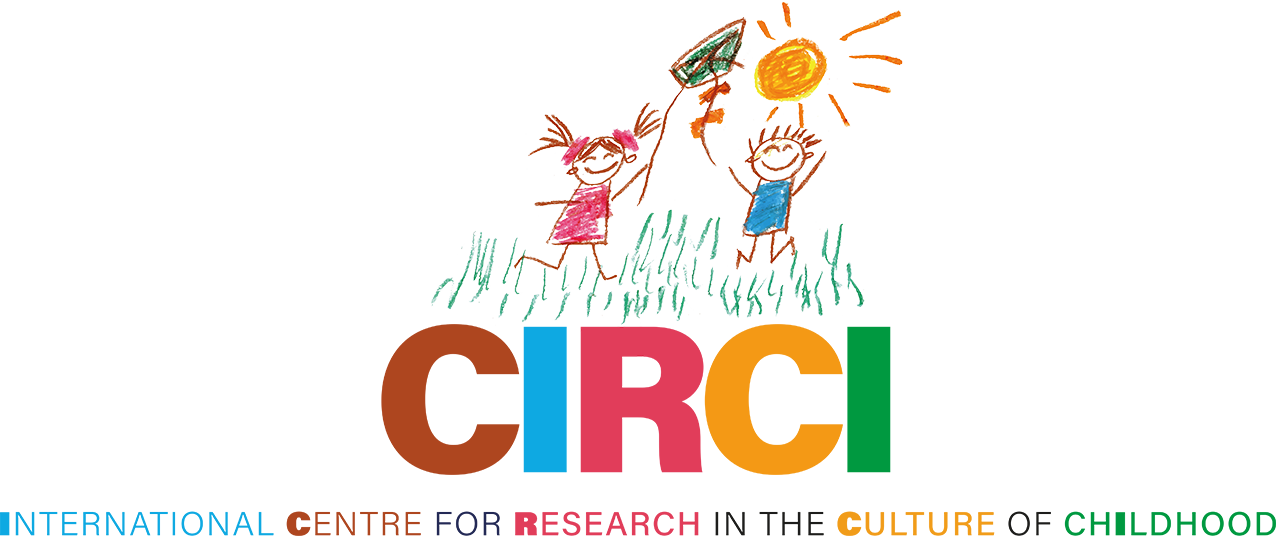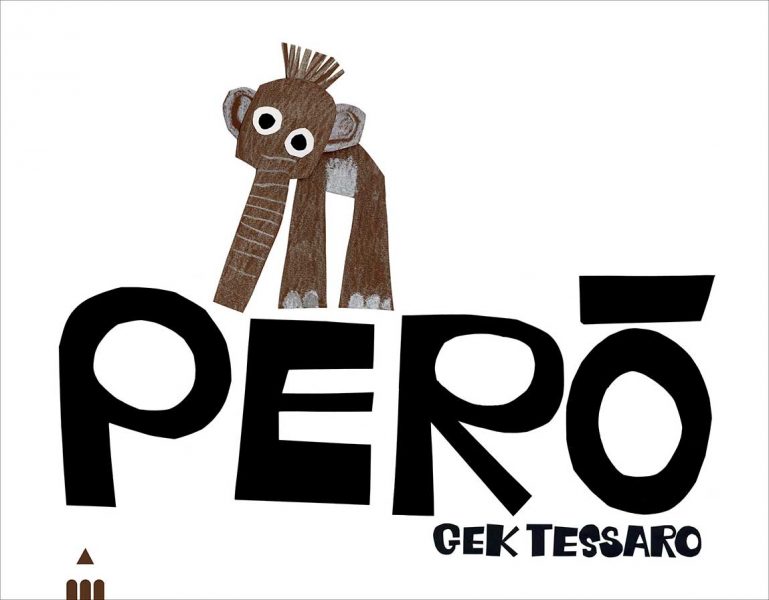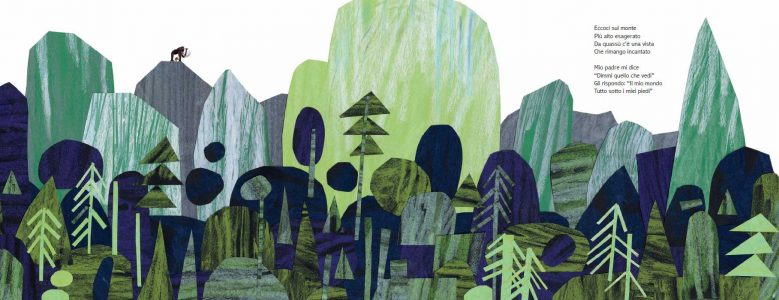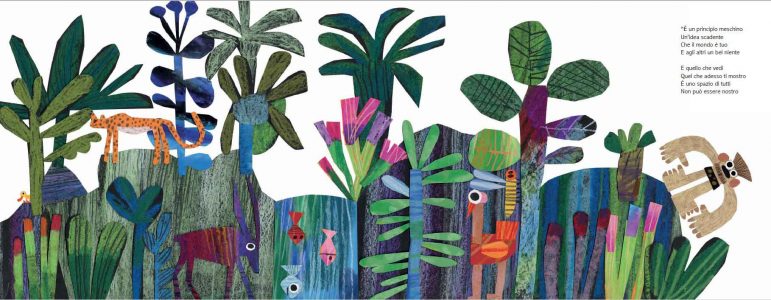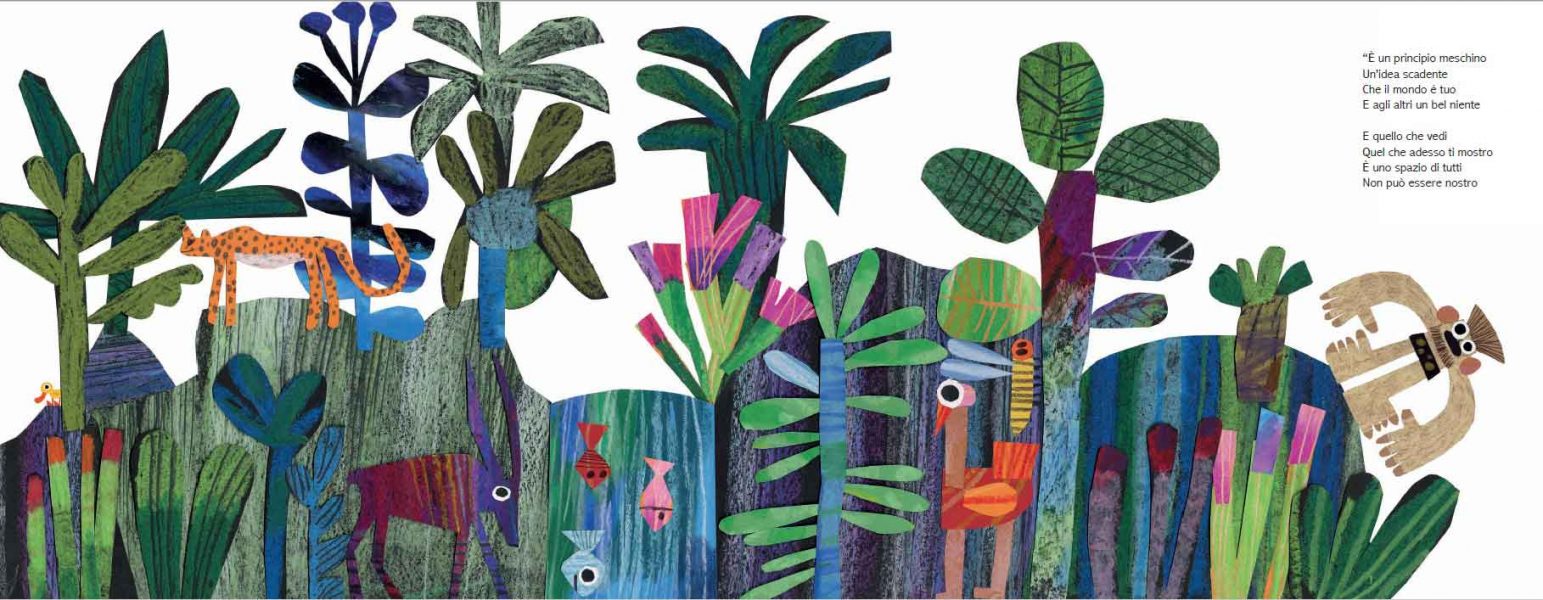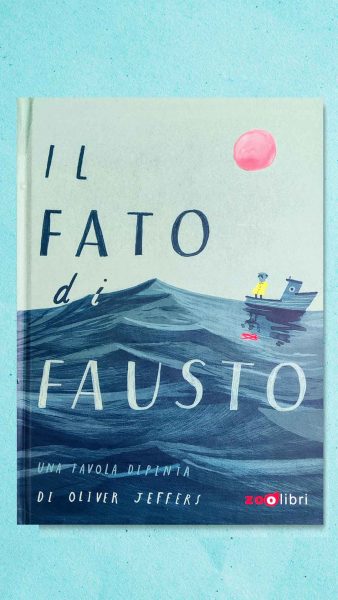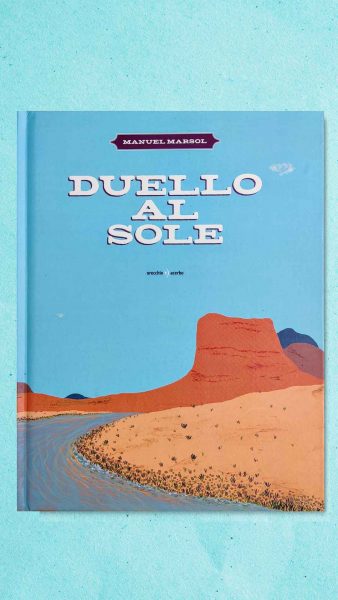PERÒ
Gex Tessaro
Lapis, 2021
“Why does this animal exist?” A small mammoth asks its father about human beings.
The world belongs to no one, “it’s everyone’s space”, explains the adult, pointing out an enchanting view from above. But the answer is not satisfactory: man has invented cages and polluted the earth. It is Mama Mammoth who “perhaps saw a however yesterday” and accompanies them to a cave painting where the family recognises itself portrayed. Everyone is left speechless.
Reviews
DILETTA COLOMBO
What is a rhinoceros for?
What is a dream for?
What use is a painting in a museum?
What is the use of asking ‘what is the use?’.
Questions the illustrated book A cosa serve? by Topipittori.
However seems to be the answer.
Faced with the inexplicable human violence, one encounters the first form of art: “Palaeolithic art (…) basically, says this, this action: the sacrificial rite, brought back, through obscure, even very long and painful channels, to the pure action of the symbolic. In the cave, or on the stone slab, man defines figuratively creates the animal-divine, sacrifices it. (…) But for Palaeolithic man, there is no substantial difference between the real animal and the figure of the animal, i.e. its symbol: they are the manifestation of one and the same substance, which is the divine, which is the world”. (Emilio Villa, L’arte dell’uomo primordiale, Abscondita 2019)
Art leaves you speechless, at the very heart of things. On the stone, from the Lascaux caves to the one illustrated by Gek Tessaro, we find “everyone in everything” looking for answers and changing questions.
DEVORAH BLOCK
Told from the perspective of a young mammoth, Gek Tessaro’s Però (which can perhaps be translated as “although” in English) asks what positive humans contribute to the earth, and seems to find its answer in art. Perhaps the stronger message here though is in reading this book as an homage to the power of observation and empathy. The young mammoth’s descriptions of his parents, his life and the things around him mirror the tightly circumscribed world of all children. They beautifully evoke the natural world and are further enriched through his father’s descriptive reminder that the earth belongs to all of its inhabitants, of every size and type. And it is also in observation that the mammoth’s mother finds her “although” – her curiousity brings her to discover the humans’ painting and, with it, their reciprocal observation of the world around them.
